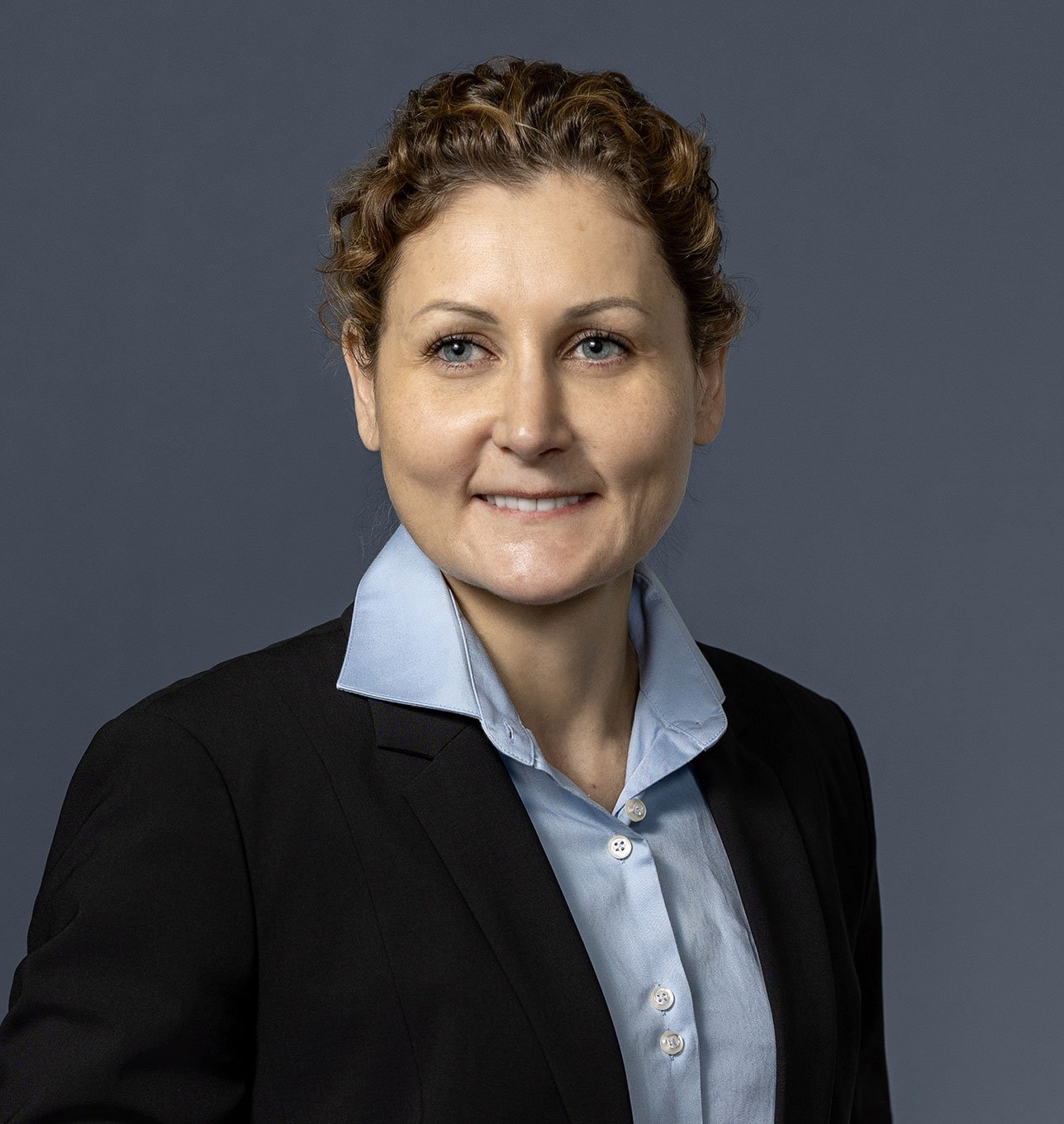Mayer Brown Brussels secured a landmark victory in front of the Court of Justice of the European Union
Brussels — In a landmark decision, the EU's General Court upheld the arguments raised by the chemicals industry that the European Commission’s 2020 regulation that classified TiO₂ as a carcinogen was based on errors of fact and assessment and breached the provisions of the EU Classification, Labelling and Packaging (CLP) Regulation 1272/2008.
The ruling sets an important precedent as it is relevant for all cases where substances in powder form may pose a hazard in situation of excessive lung overload, and all other cases where the concept of intrinsic property comes into play. This ruling is also significant as it may influence how other concepts used in the CLP that are not further defined, are to be interpreted.
The Mayer Brown team was led by Jean-Philippe Montfort, Thomas Delille and Pavlina Chopova-Leprêtre.
Background to the case
The notice of appeal was brought to the General Court in May 2020, following the publication of the Commission Delegated Regulation 2020/217 which included harmonised classification and labelling for several substances, including TiO₂. This judgment was a joint decision on three separate cases brought to court by 11 companies. The Commission Regulation was the result of years of debate at the Member State and EU level on the classification and labelling of TiO₂, which led authorities to the cancer classification of certain powder forms of TiO₂. The Regulation also imposes cancer warnings on the label of mixtures containing TiO₂. Industry had argued that the proposed classification was based on studies that were not reliable nor acceptable and that the proposed classification was not appropriate.
The 2022 decision
The General Court can be commended for having dived deep into the science, and in achieving a good understanding of the concepts of particle toxicity, lung overload, secondary effects and intrinsic properties, that were relevant to this case. The Court ruled that the EU authorities committed manifest errors of facts and of assessment in their review of the available data and use of these scientific concepts, in breach of the classification criteria of the CLP Regulation. As a result there is not one single reliable study pointing to the carcinogenic potential of TiO₂. The findings of RAC were based on two studies that could only be discarded since both studies were conducted in situations of excessive exposure (lung overload) when one applies the overload criteria set forth by the RAC itself using the right density.
The Court also ruled to clarify the concept of “intrinsic property” as referred to in the CLP Regulation. That concept is not defined in the Regulation or in European Chemical Industry (ECHA) Guidance and is interpreted by ECHA very broadly. In this particular case, the ECHA Risk Assessment Committee (RAC) opinion had concluded that TiO₂ did not have the intrinsic property to cause cancer “in the classical sense” but that it should, nonetheless, be classified as a carcinogen on the basis of its particle toxicity. The General Court ruled that the concept of intrinsic property “must be interpreted in its literal sense as referring to ‘the properties which a substance has in and of itself’”.



